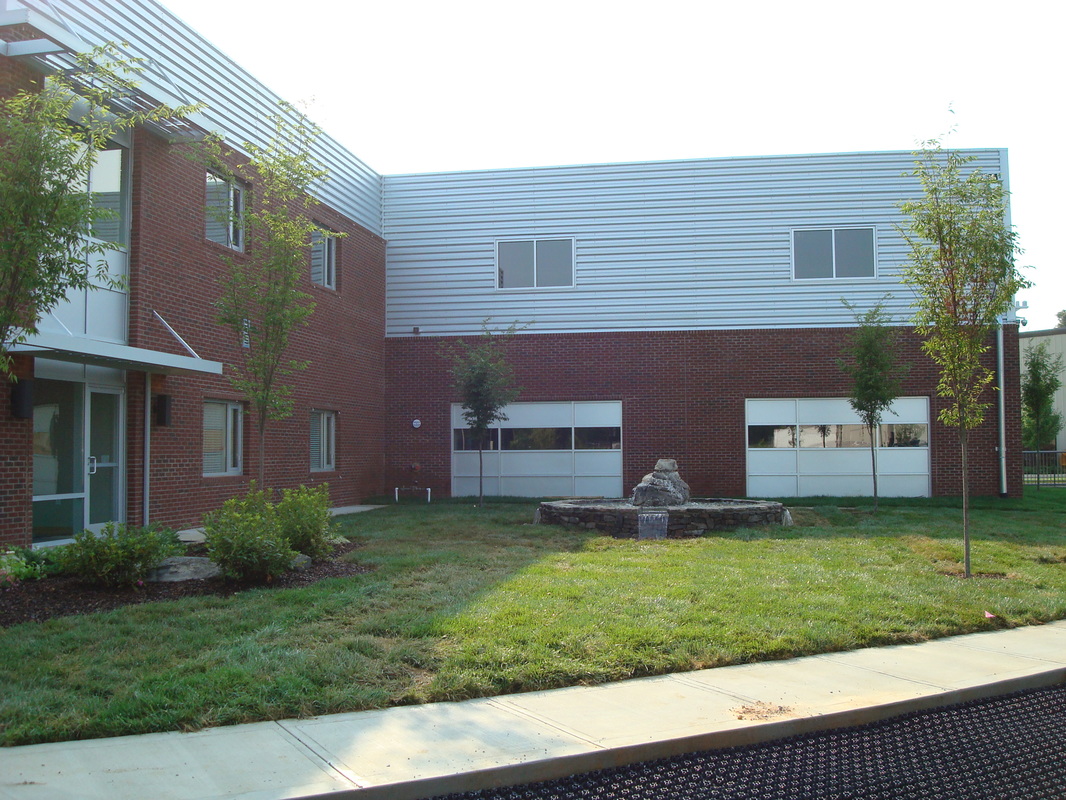|
The Hydrodynamic Separator is like a trusted Ford pickup, reliable and easy to maintain. Like a dependable Ford, the Hydrodynamic Separator (HDS) might seem a bit dull next to the shiny new low impact development (LID) practices, but in reality, this equipment is essential to a well-rounded LID plan. LID practices have dramatically expanded. They focus on landscape-based and water retention designs that reduce runoff volume and mimic predevelopment hydrology to meet goals of runoff reduction and water quality treatment close to the runoff source. Plus regulations often reward developers for infiltration and/or rainwater harvesting. Regulatory agencies also recognize the added value of HDS for upstream protection of sensitive LID practices. Too often HDS has been relegated to traditional, end-of-pipe solutions. Not so fast! Hydrodynamic separators play an important role in developing a treatment train that is essential to the long-term success of LID practices, including infiltration, harvesting, bioretention and storage. At first a combined approach using HDS can seem counterintuitive to LID, it’s actually a comprehensive, long-term solution that can address problems before they start. Over time, this treatment train approach can reduce the long-term harmful buildup of particles, dirt and trash within LID facilities. For example, one Chattanooga, Tennessee customer embraced this idea and used an HDS to pretreat runoff for an underground rainwater harvesting structure used for surface infiltration landscaping irrigation, toilet flushing, and even a decorative fountain on top of both structures. As you can see from this example, the best of both a traditional and progressive approach can improve aesthetics, reduce maintenance time and costs for the facility, increase the entire system lifecycle, all the while enhancing property equity to maximize land use from that of a conventional stormwater management approach. You might also enjoy Comparing NJDEP and NJCAT: Which Standard to Follow?
1 Comment
I read the above article and got some knowledge from your article which is about <a href="https://www.kninfocare.com/2021/07/why-do-we-want-rainwater-harvesting-in.html"> Why do we want rainwater harvesting</a> It's actually great and useful data for us. Thanks for sharing it.
Reply
Leave a Reply. |
AuthorAquaShield staff keeping you up to date on the latest in stormwater solutions. Archives
December 2015
Categories
All
|
|
AquaShield, a Komline Company
2733 Kanasita Drive, Suite 111 Chattanooga, TN 37343 Toll Free: 888.344.9044 | Phone: 423.870.8888 © 2000-2024 AquaShield™. All Rights Reserved. |



 RSS Feed
RSS Feed